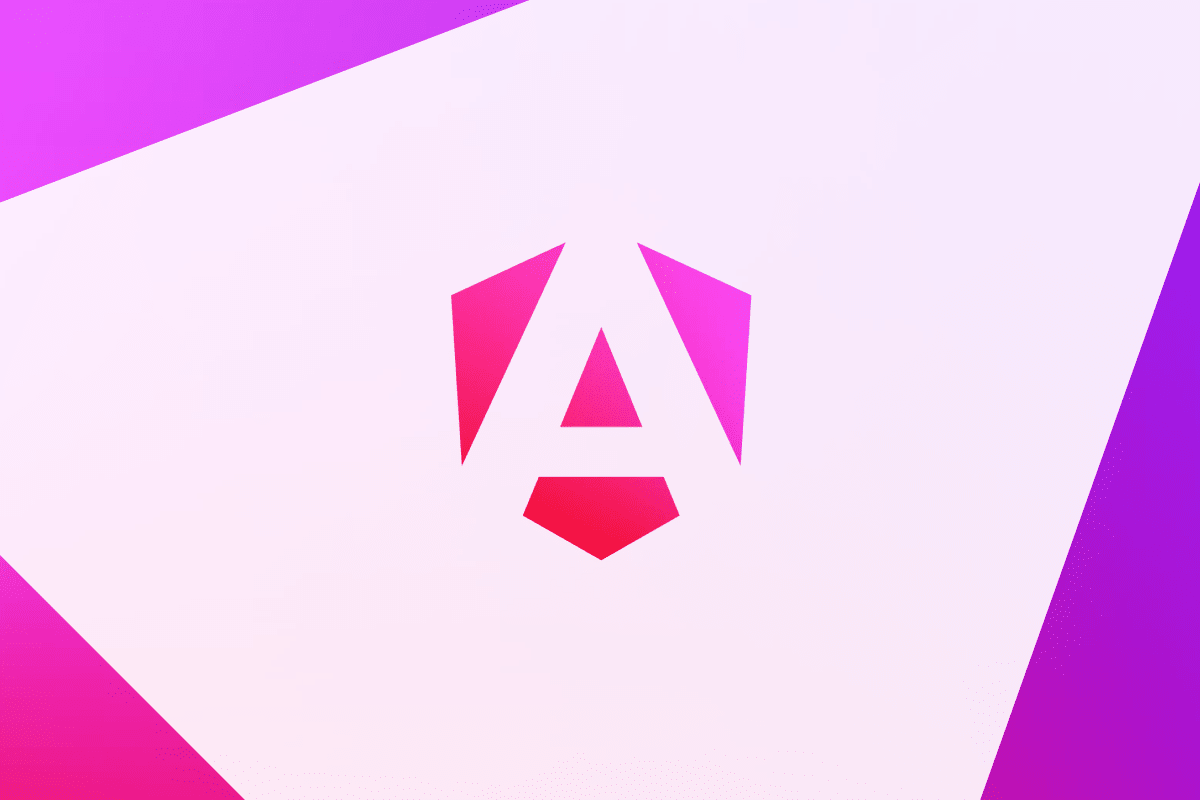Blog

Explore how AI watermarking is revolutionizing business practices in the digital era. With the rise of AI content, watermarking ensures authenticity, bolstering consumer trust and aligning with emerging regulations. This article delves into its impact across sectors like healthcare and e-commerce, highlighting its role in operational efficiency and market trend insights.

Angular 17 was released on November 8, 2023, introducing several new features and enhancements, such as SSR, View Transitions API, support for TypeScript 5.2 and more. These enhancements are set to significantly enhance the Angular development experience and provide more efficient, flexible and performant solutions. The updates are outlined in the sections below.

Uncover the critical security threats LLMs pose in e-commerce, including insecure output handling and malicious content creation. Learn how advanced protocols and diligent data governance can reinforce LLM operations, safeguarding your online business and customer data.

Uncover the best practices for deploying secure and efficient LLMs in e-commerce, from leveraging Microsoft Azure's AI-specific security features to utilizing cost-saving RAG models. Learn how to protect proprietary data with stringent security protocols for LLM transactions.
You’re using tokens and you don’t even know it. One of the goals of a design system is to close the gap between multiple disciplines and especially between design and development. With the features and tools Figma provides us, this gap becomes smaller. But what if I tell you with the proper integration of design tokens, we can make this gap closer than it was ever before. Let’s talk about tokens and how it can level up your design system.

Discover how GitHub Copilot, powered by OpenAI's Codex model, significantly enhances developer productivity and code quality. Dive into its capabilities in code completion, test case generation, and insightful commenting. Boost coding efficiency and fulfillment with this advanced AI-driven tool.

A practical guide to using AI to curate product collections at scale, make product recommendation and search algorithms smarter with semantic awareness, and empower teams to deliver seamless customer experiences.

Generate nuanced translations for your e-commerce site using AI. Learn how to set up, fine-tune, and integrate AI models seamlessly with your headless CMS for automatic content translation. Uncover practical steps for implementation, from choosing the right language model to architecting efficient translation workflows that align with your budget and goals.






